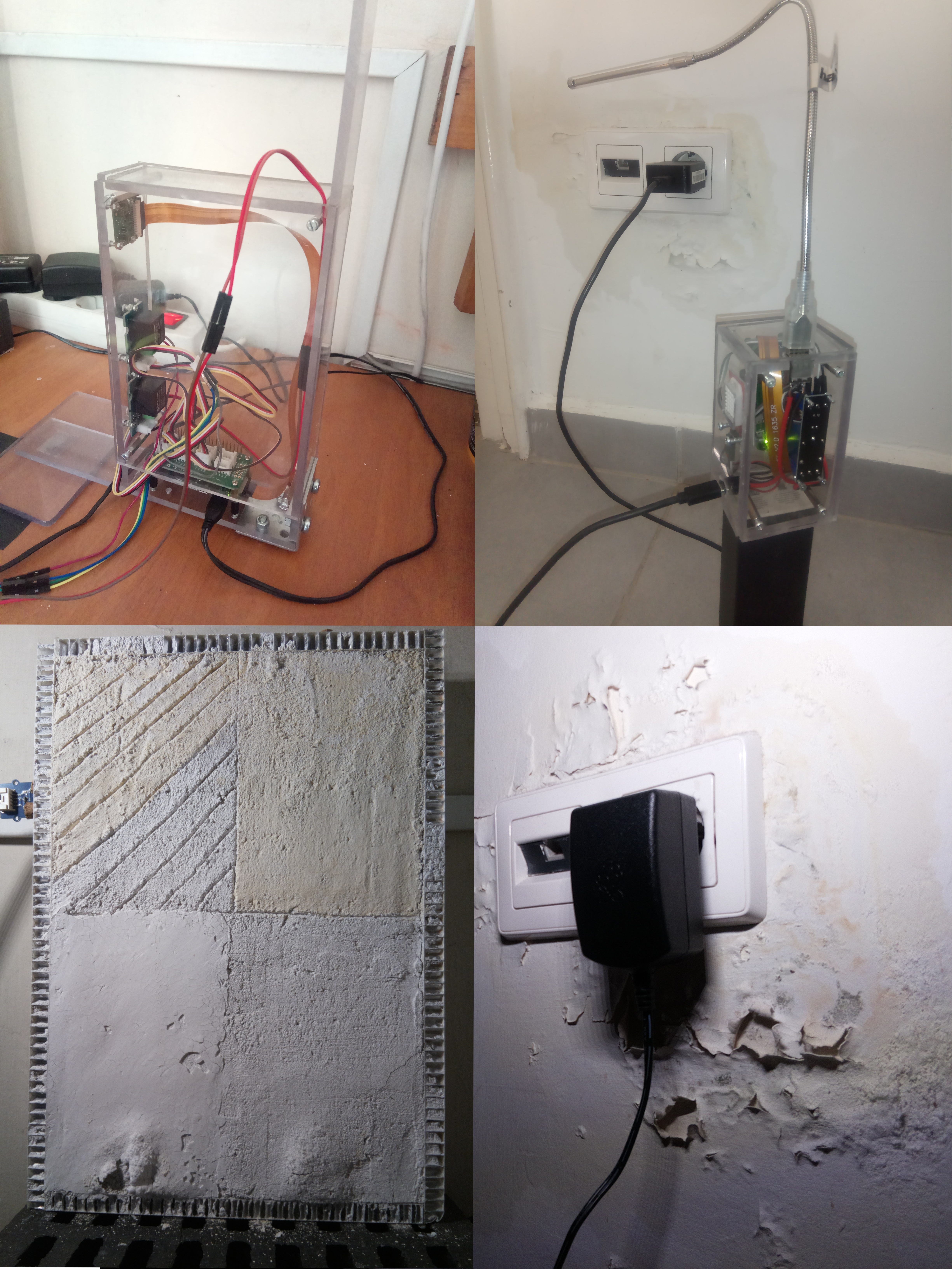Results
The following results were achieved:
Construction scheduling
Historical and even up-to-date scheduling techniques are limited in use, athough these techniques went through a great development since the middle of the XX. century (eg. PERT 1957, CPM 1957, MPM 1959)
The limitation is based on the modelling of the activities and the relation types.
Our aims are to remove these limitations, develop and validate new algorithms.
The completed algorithms are:
- (April-August 2019.) Traditional MPM network algorithm
- (April-August 2019.) Artificial network generating algorithm (NETGEN program)
- (September 2019)Traditional MPM network accelerated algorithm
- (August-October 2019.) Maximal relations for linear nonstechable activities adapting the Bellman-Ford algorithm
- (October-December 2019.) Maximal relations for linear nonstrechable activities by FIFO implementation of the Bellman-Ford algorithm
- (November 2019.- January 2020.) Maximal relations for linear nonstrechable activities by DEQUEUE implementation of the Bellman-Ford algorithm
- (January-March 2020.) Maximal relations for linear nonstrechable activities by DEQUEUE implementation of the Bellman-Ford algorithm
- (April 2020.) Comparison and assessment of the algorithms (PROJLIB library)
- (April 2020.) Bi-directional relations for minimal nonstrechable activities
Two keynote presentations about the software and the algorithms:(OTMC 2019 ), (CIDB 2019), two aricles Negative weights in network time model, Planning and Scheduling Mega Projects: A Case Study of a Nuclear Power Plant.
Updated 18-02-2021
Automatization

researchers: István Vidovszky – Farkas Pintér
In the frame of the research, two automated (IoT-based) units were developed. On the base of the testing plan, a laboratory testing environment (test surface) was created for the investigation of the changes caused by salt crystallization in a controlled environment. As a second step, a remotely managed, automated state survey unit was installed on a site at a wall with increasing moisture problems for obtaining experiences under on-site circumstances. Preliminary tests showed that our low-budget systems are capable of monitoring the alterations on the surfaces and detecting the climatic changes during the measuring period.
Publications:
- Vidovszky I. – Pintér F.: Automated state-survey system for monitoring salt damages on plastered wall surfaces, Creative Construction Conference 2020
- Vidovszky I. – Pintér F.: Develeopment of IoT-based Condition Survey Units to Monitor salt damages of Plastered Surfaces, IoT alapú állapotrögzítő eszközök fejlesztése vakolt felületek sókárosodásának monitorozására
Future plans
The planned future task of the research is the installation of the units, which were developed in the first phase on more sites and the completion of the pictures collected during the first phase in order to establish an adequate database for the purposes of neural network based learning and testing exercises. A further goal is to spread the scope of the tasks of the condition survey units and develop them to a wireless sensing network, thus establishing a system able to monitor more aspects at building surveys.

